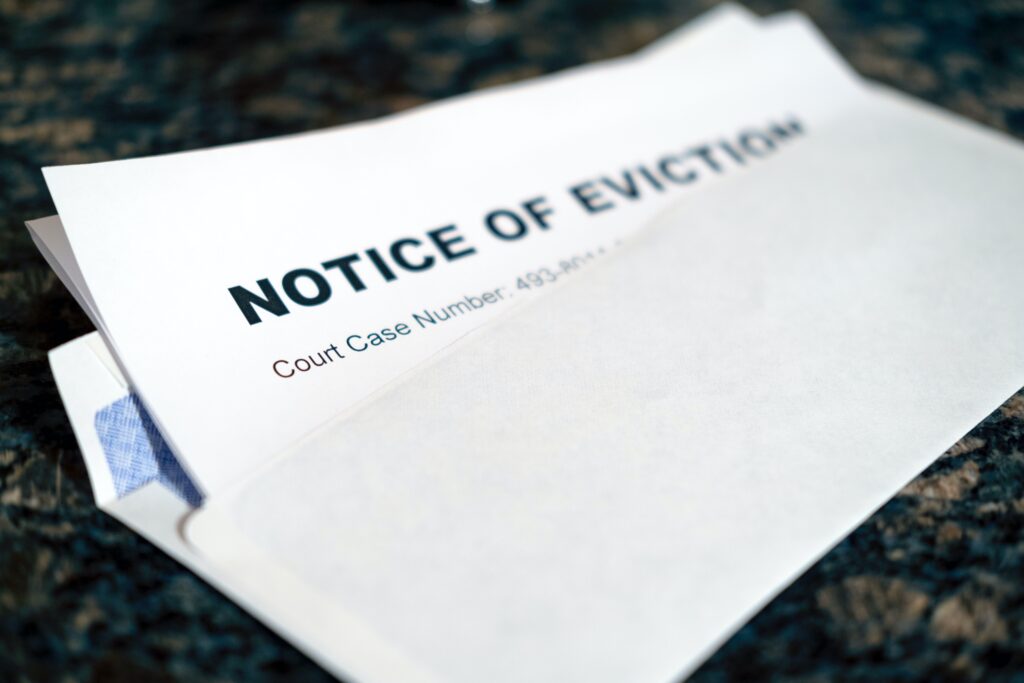It is suggested that, at the point of purchase, roughly 10,000 homeowners were not advised that they could be due to pay less stamp duty as a result of having an annex.
The long-term flexibility offered by properties with an annex has made them a more popular choice of late, but one of the lesser-known benefits is that stamp duty could be reduced if the property is eligible for Multiple Dwellings Relief.
Prior to the introduction of the stamp duty holiday, homebuyers collectively paid some £13bn a year in stamp duty, but it has now been suggested that due to mistakes in advice and the complexity of the rules, as much as £3bn of this was overpaid in 2015/16.
The rules around stamp duty are not particularly well known, and David Hannah of Cornerstone Tax argues that home-buyers are likely to become even more confused by the ever-changing nature of SDLT between now and March 2021 when the holiday is set to end.
Cornerstone Tax also points out that the overpaying of stamp duty often results in homeowners being owed tens of thousands of pounds in refunds.
David Hannah, principle consultant and founder of Cornerstone Tax, said: “This research demonstrates a lack of clarity in and around stamp duty land tax, both by the public and by the legal sector.
“Millions of properties across the UK could qualify for reduced stamp duty rates, if for example, they have a self contained side annex as part of the property. In these cases, solicitors have a duty of care to inform their customers of all potential stamp duty reductions, including where Multiple Dwellings Relief is available.
“The mistakes being made are in almost all cases totally unintentional and otherwise made in fear of underpaying. Most legal professionals are ill-equipped to navigate the complex rules around it and need help.
“The law around SDLT is incredibly complex and many advisors who help homebuyers evaluate how much they should pay are trained only to differentiate between residential and commercial property.
“They simply aren’t familiar with the intricacies of the law’s evaluation criteria, which has led to many being mis-advised unintentionally. There are a number of other reasons why people have overpaid; it’s not always a misinterpretation of the 3% surcharge.”








